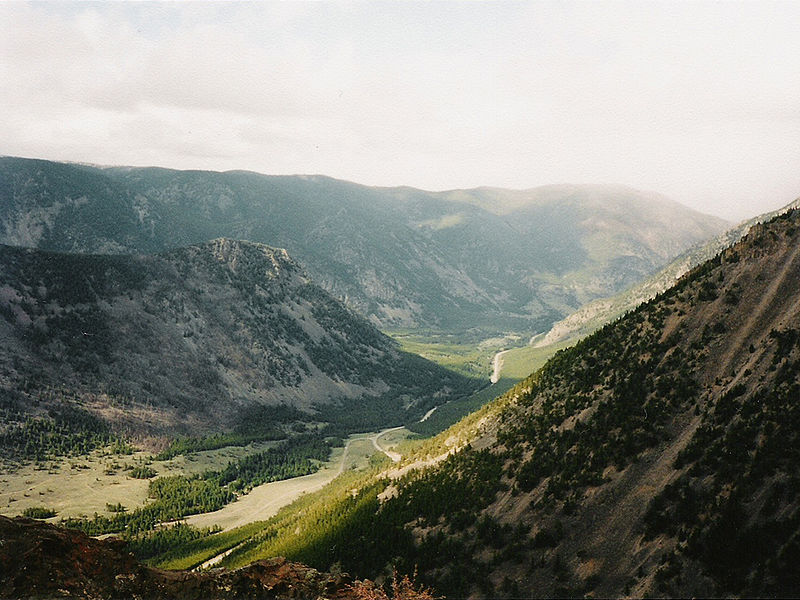A VOLCANIC super-eruption in America’s Yellowstone National Park two million years ago was actually two smaller eruptions 6,000 years apart, new research has revealed.
Scientists at the Scottish Universities Environmental Research Centre (SUERC) and Washington State University in the USA have used a ‘rock clock’ dating technique to more precisely determine when volcanic rock samples from the Huckleberry Ridge Tuff were created.
Yellowstone National Park, in Wyoming, is home to the largest volcano system in North Amercia. The researchers’ findings paint a new picture of a volcano which is more active than previously thought and could help to develop understanding of the chances of another super-eruption in the future.
Yellowstone National Park is the site of the world’s largest super-volcano
Previously, the Huckleberry Ridge eruption was believed to be the fourth-largest known to science. The new ages for each Huckleberry Ridge eruption reduce the volume of the first event to 2,200 cubic kilometres of magma, roughly 12 percent less than previously thought.
However, it still remains one of the largest known to have ever occurred on Earth, and would have darkened the skies with ash from southern California to the Mississippi River. The second eruption, of 290 cubic kilometres, took place more than 6,000 years later.
Research
Scientists dated the Huckleberry Ridge samples at the NERC Argon Isotope Facility in East Kilbride using a technique known as argon-argon dating.
Dr Darren Mark of the University of Glasgow, who led the research at SUERC, said: “Argon-argon dating involves using a mass spectrometer to measure the ratio of radioactive potassium in a sample of rock to its decay product, argon. We know that the half-life of this radioactive decay is 1.25 billion years, and so we can determine the age of any given rock. The older a rock is, the more argon we’ll find. Examining the radioactive decay essentially allows us to use rocks as incredibly slow clocks.
“At SUERC, we continually refine the technique to allow us to make more accurate measurements. Increasing the precision of our measurements gives us a sharper lens to examine events from the distant past and enrich our understanding of Earth history such as the cycle of Yellowstone eruptions.”
Ben Ellis, of Washington State University’s School of the Environment, said: “The Yellowstone volcano’s previous behavior is the best guide of what it will do in the future. This research suggests explosive volcanism from Yellowstone is more frequent than previously thought.”
The study was funded by the Natural Environment Research Council and the National Science Foundation. A paper, titled ‘Temporal dissection of the Huckleberry Ridge Tuff using the 40Ar / 39Ar dating technique’, is published today in the journal Quaternary Geochronology.


